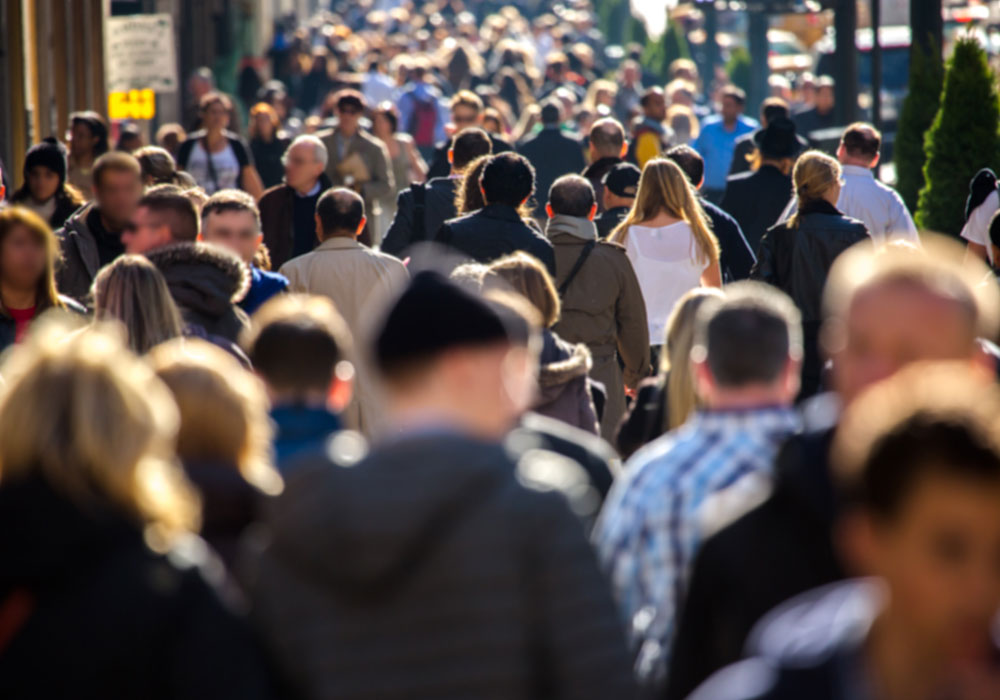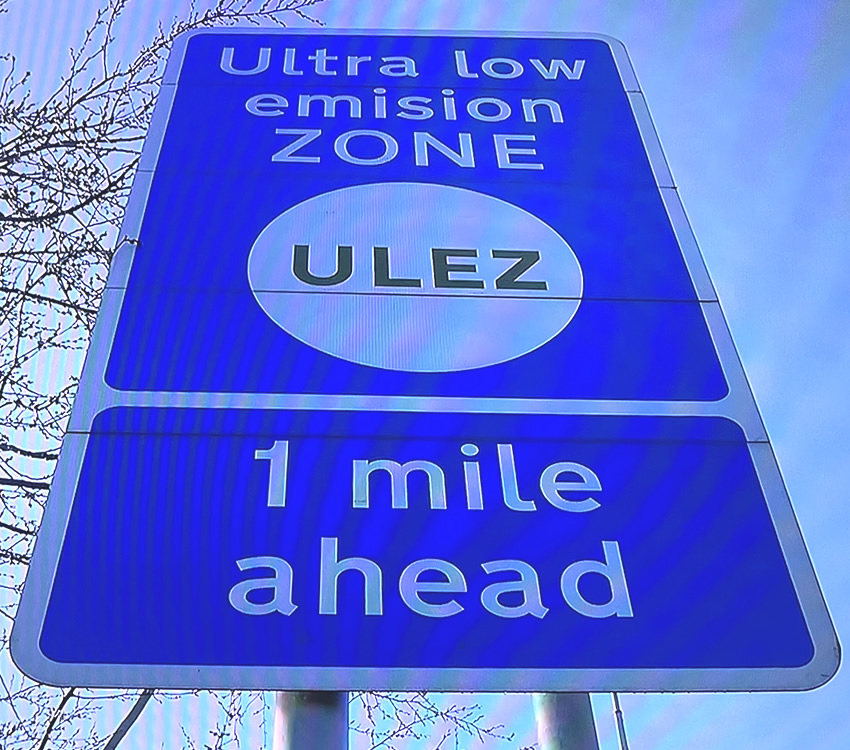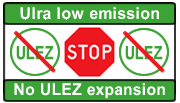
The Institute of Physics in the Mayors independent impact assessment has reported that ULEZ expansion will have a negligible effect on air quality, and there will be no measurable effect on the most harmful forms of air pollution, regardless of whether the ULEZ expansion is implemented or not.
Here is an excerpt: – London introduced the world’s most stringent emissions zone, the Ultra Low Emission Zone (ULEZ), in April 2019 to reduce air pollutant emissions from road transport and accelerate compliance with the EU air quality standards. Combining meteorological normalisation, change point detection, and a regression discontinuity design with time as the forcing variable, we provide an ex-post causal analysis of air quality improvements attributable to the London ULEZ.
We observe that the ULEZ caused only small improvements in air quality in the context of a longer-term downward trend in London’s air pollution levels. Structural changes in nitrogen dioxide (NO2) and ozone (O3) concentrations were detected at 70% and 24% of the (roadside and background) monitoring sites and amongst the sites that showed a response, the relative changes in air pollution ranged from −9% to 6% for NO2, −5% to 4% for O3, and −6% to 4% for particulate matter with an aerodynamic diameter less than 2.5 μm (PM2.5). Aggregating the responses across London, we find an average reduction of less than 3% for NO2 concentrations, and insignificant effects on O3 and PM2.5 concentrations.
As other cities consider implementing similar schemes, this study implies that the ULEZ on its own is not an effective strategy in the sense that the marginal causal effects were small.
The assessment found that ULEZ is one of many policies implemented to tackle air pollution. That a multi-faceted set of policies is required aim to reduce air pollution across sectors with coordination among local, regional and national government.
Academic research has also found the existing ULEZ delivered only small improvements in air quality, in the context of a longer-term downward trend in London’s air pollution levels (Ma et al, 2021).



